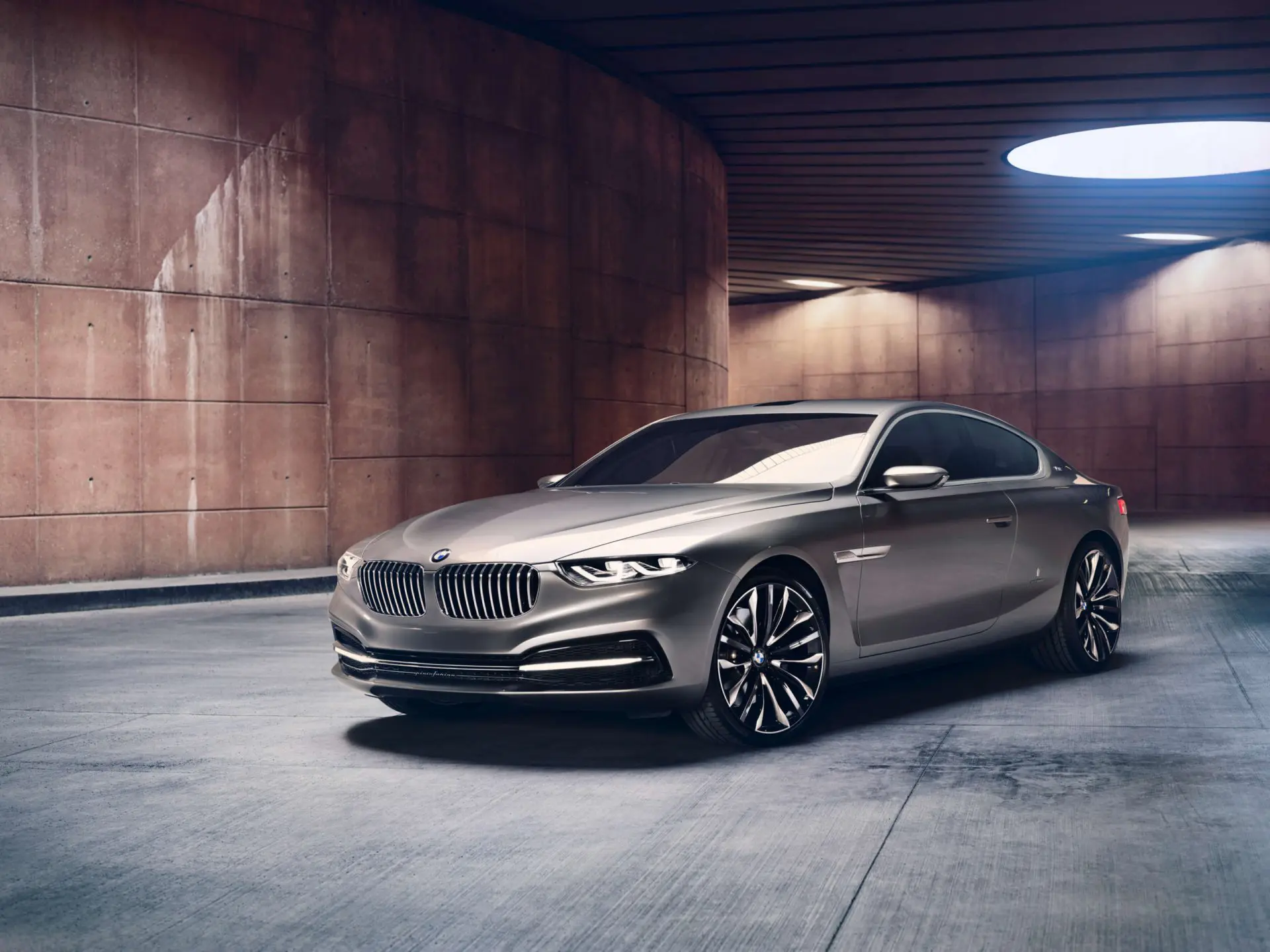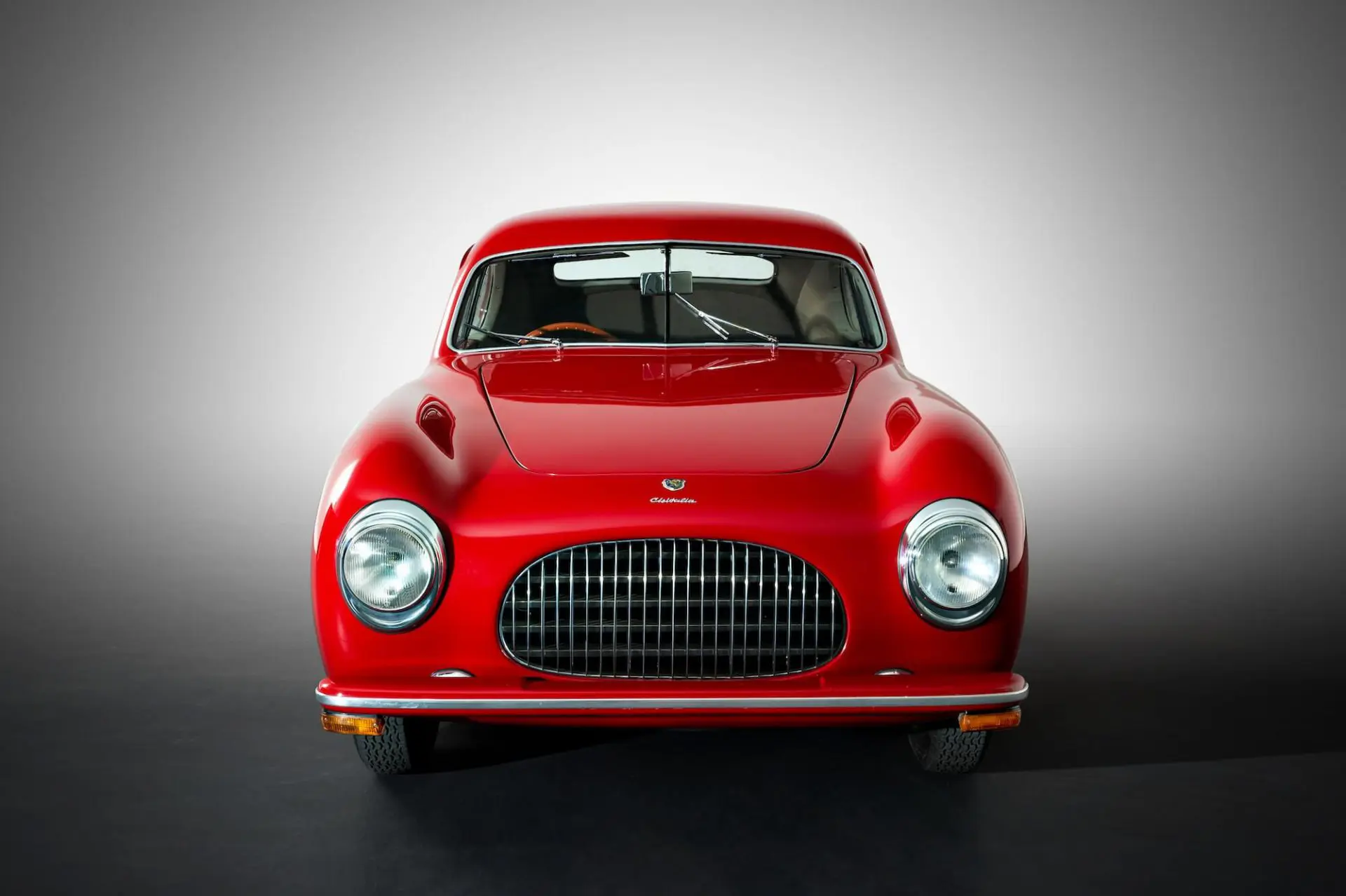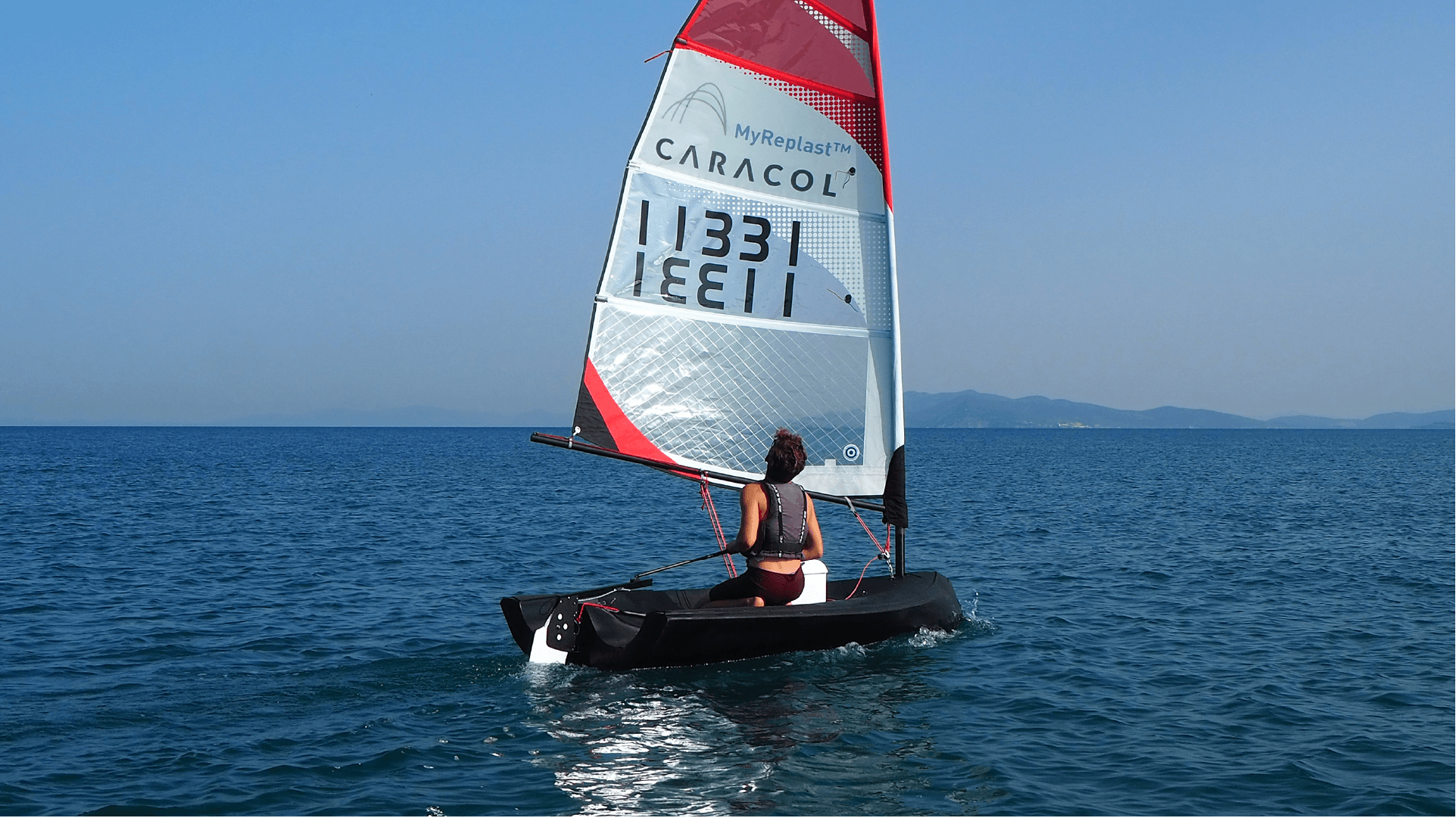With elegance, purity, and innovation at heart, they create the vehicles of tomorrow
Italian powerhouse company Pininfarina spearheads the innovation within the automotive sector and shapes the future of mobility and transportation.

When someone brings up the words “Italian Design”, our mind instinctively conjures images of some of the most beautiful cars ever designed, and with them comes a name attached, Pininfarina. This incredible design house is a true symbol of Italian style and a synonym of perfectly crafted machines.
Pininfarina knows a thing or two about automobiles, and while the name may be more familiar to petrolheads everywhere, its legendary status is known by all.
Over its 90-year history, the Italian company has not only been responsible for some of the most iconic cars out there – including the Ferrari 275 GTB4, the Ferrari Dino 246 GTS, along with some of Ferrari’s most acclaimed models, and not to mention BMW’s Gran Lusso Coupé, and Maserati’s Quattroporte Sport GT – but it has also set the standard for what automotive design should be.
While Pininfarina is a staple in automotive design and its track record is indisputable, the company has also expanded to encompass every aspect of product and industrial design, architecture, and the multiple sectors of mobility, which include aviation, nautical and transportation. One may wonder how this Italian powerhouse manages to create so many high-quality outputs, well, the answer lies in its brand values: elegance, purity, and innovation.
It is though these 3 mantras that Pininfarina continues to look into the future and to create the vehicles of tomorrow. With a fascination about incredible design and with an interest to deep dive into this legendary company, DesignWanted had the opportunity to interview Nazzareno Epifani, Head of Design Studio Automotive, and Giuseppe Bonollo, Senior Vice President of Sales and Marketing, and learned more about Pininfarina, their design approach, its amazing and extensive repertoire, and of course, their view on the future of mobility.

Who are Nazzareno Epifani and Giuseppe Bonollo? How did your respective journeys in design and mobility begin?
Nazzareno Epifani:
“Since I was a child I have always felt attracted by imagining and creating something new. Then growing up, the passion I have for art and cars made me make a choice so I decided to connect and converge all this passion to make it “become” a job.
So, after studying Graphic and Advertising Design, I studied Car Design here in Turin, Italy and in 2007 I joined Pininfarina, this incredible company that has created over the years some of the most incredible masterpieces in the history of automotive design. During these years, I had the opportunity to learn the philosophy behind this unique approach in automotive design and to apply it to different projects of different types (such as sports cars, show cars, production cars) and different brands.
In recent years, Car Design is becoming a discipline that is intended more and more in a wider way: what we call Mobility Design. I experience this change with the passion and curiosity of when I was a child, always thinking about what we can create tomorrow. Now I have the role of Design Studio Chief of the Mobility Department in Pininfarina and I lead an incredible team of designers, focused on shaping the vehicle of tomorrow while answering to the needs of our clients.”
Giuseppe Bonollo:
“Before joining Pininfarina in February 2018, as SVP Sales and Marketing, I have consolidated most of my career in the automotive field carrying out marketing, strategic planning and product development assignments. In particular, I was Senior Vice President of Product Portfolio Management for all the automotive brands of Fiat Group for 3 years, being there responsible for product planning and product marketing of all the new models, including the Fiat 500.
Prior to that, I have been at Ferrari for 11 years, holding positions as Marketing Director and Product Strategy Director for both Ferrari and Maserati. Even before, I had an experience in the after-sales sector of BMW Italy. I also gained experience in commercial areas of other industries. I was Global Marketing Director at Technogym (Health & Fitness equipment) for about 3 years. Previously, I was one of the protagonists of the NTV-Italo adventure – the first private high-speed railway operator in Italy. I worked for 6 years in this start-up, holding the positions of Commercial Director and Marketing and Promotion Director.”

Nazzareno, with your extensive experience in the automotive sector, you clearly know cars inside out. What is your design process and what philosophy do you follow when designing a new project?
Nazzareno Epifani:
“The most important thing, before you start sketching a car, is to understand the PURPOSE of the design – not just its function but also the emotional experience the car should provide. That is as almost important as the technical purpose.”
Giuseppe, what is the relationship between your department of Sales & Marketing and the Design departments of Pininfarina? How do these two worlds intertwine and collaborate?
Giuseppe Bonollo:
“My team has the mission to intercept and understand the clients’ needs and to share with our design department a preliminary brief, that will soon take the form of a technical-commercial proposal aimed not only to accurately answer the needs of the customer but to possibly exceed expectations, since the nature of our creative job at Pininfarina is to surprise and delight.
This approach regards not only the creative process but also the tools and the working model to express it, for example by proposing an innovative and extensive usage of immersive Virtual Reality.”

Automotive design is an intricate sector as multiple aspects need to be tackled and taken into consideration when designing, what are some of the biggest challenges you encounter when designing cars and liaising with automotive companies?
Nazzareno Epifani:
“Pininfarina works for so many companies in different stages of their own automotive histories, so the challenges are very different depending on whether we are dealing with an established company or a brand new one. The new ones are open to new ideas but sometimes it is a challenge to convince them to accept a more conventional solution that will actually work better on the finished car. Without making many full-size models it is not always easy to convince clients, (whose companies are very new), not to follow the wilder ideas (that look good on paper) but do not easily translate into 3D.”
Giuseppe Bonollo:
“I agree with Nazzareno’s words on the challenge itself represented by the different behaviors normally associated with the Car Maker’s development stage. It may be a consolidated OEM (original equipment manufacturer) or a start-up aiming at developing a brand new product line-up, or again and differently a start-up focused on a niche hyper-car, just to qualify some potential differences. As regards other challenges, it’s also important to manage the relationship between Design and Engineering, and to cope with the more and more demanding challenges of sustainable mobility.”

The mobility sector is rapidly changing and with the development of new technology we are seeing rapid growth in e-mobility, constant lookout for sustainable solutions, and overall holistic design experience. How have you approached these changes and trends?
Nazzareno Epifani:
“Pininfarina has been designing every sort of mobility device for many years, so cars are only part of the work we do. Our industrial design, our transportation team and our UX/UI team have lots of experience in things from scooters, bicycles, boats and every other sort of battery or human-powered device. Because all these teams are now brought under one director, Kevin Rice, the transfer of experience of one team is given directly to all the other teams so we have a great Knowledge Base which we can use to benefit all the types of transportation devices we are working on. There are very few design companies that have such a wide range of experiences in their Knowledge Base.”
Giuseppe Bonollo:
“In regards to e-mobility, we recently went for a strategic collaboration with Bosch and Benteler, in order to provide a “one-stop-shop” solution which will include our design and engineering services around the EV modular rolling chassis provided by Bosch and Benteler. The main purpose is to facilitate and make more efficient the development of new electric vehicles from the very beginning.
Talking about the holistic design experience, we are focusing our capabilities and services on UX-UI design also. We recently introduced a fully functioning demonstrator, called AutonoMIA, to show how we may develop a “cockpit experience” starting from the conceptual phase about UX, moving then into interior design and User Interfaces design. All the above, for both driving, autonomous driving, and infotainment.”

Pininfarina develops projects across multiple sectors of mobility such as automotive, aviation, nautical and transportation. Which sectors are the most responsive to change and innovation, from a business and design perspective?
Nazzareno Epifani:
“Please also don’t forget that we work in architecture and UX/UI as well! Those two areas are growing rapidly and in particular, the user experience design that our UX/UI team are doing has a direct benefit on the way we approach interior design for vehicles where we will use much more technology in future to provide drivers and passengers with assistance that helps them control the car and helps the car provide the kind of support they need or want.
It will be much more about giving users a positive emotional experience in the vehicle and leveraging technology to give them those feelings. The days of getting an emotional buzz from the driving alone are gone, but we at Pininfarina firmly believe that car users must be emotionally inspired even when the car is standing still!”
Giuseppe Bonollo:
“Mobility and Transportation in general are experiencing significant changes thanks to technologies like 5G, AI, or autonomous driving, with the Automotive as the forerunner in many cases, in light of the massive investments in this industry. But also other sectors we serve with our design, like Architecture and Industrial Design, are rapidly changing because they are adapting to the new needs.
By working in different sectors, at Pininfarina we have the unique opportunity to develop a comprehensive understanding of the evolution of design and technology, cross-fertilizing innovation from one sector to the others.”

Electric power, ride-sharing & on-demand services, autonomous driving, interconnected vehicles: among the many tech-based innovations reshaping mobility, which ones do you think will have a stronger impact in the near future?
Nazzareno Epifani:
“It will be about giving drivers the emotional support as well as the physical support needed to pilot vehicles in future through all different sorts of traffic conditions as well as how cars link with other forms of inner-city transportation and this will really start to be possible when 5G is widely available. Due to the current health pandemic, this will have a great effect on each particular form of mobility.
Ride-sharing might be less popular than a few months ago and maybe private personal transport might increase as people worry about travelling on trains or buses. We will have to wait another year maybe, before things settle down again and then we can see which form of movement becomes the more important, but one thing is very clear: the assistance technology can give us will be at the heart of the transport methods that become the preferred ones.”
Giuseppe Bonollo:
“Probably not a single one, whilst the combination and interconnection between many of them. Ride-sharing is probably less appealing at present due to the health emergency, in favor of individual mobility.”

What are the next steps for Pininfarina?
Nazzareno Epifani:
“Pininfarina will continue to expand its work outside transportation, but through 5G technology, this will actually bring transportation design, architecture and industrial design much closer together. The glue that will bind these disciplines together is understanding, that whatever thing you are designing, people want to feel great “experiences” when they interact with design. Technology will account for 50% of the total cost of a building in the future and it is this technology that brings the building “alive”. It gives it a “personality” and it reacts directly to the wishes of the user.
The same technology will affect transportation design where each vehicle will be able to have its own personality which is tailored directly to each user. These dreams are literally just around the corner and Pininfarina has the chance to create personalities for vehicles and objects that have a common spirit….

A Pininfarina spirit which extends from the house you wake up in the morning, the products in your house, through to any and every type of transportation during the day and through to the buildings you work in and the ones you take a vacation in. Pininfarina is there to support you with every form of design you encounter all day, every day!”
Giuseppe Bonollo:
“We have been designing the future for 90 years. We will keep on.”















